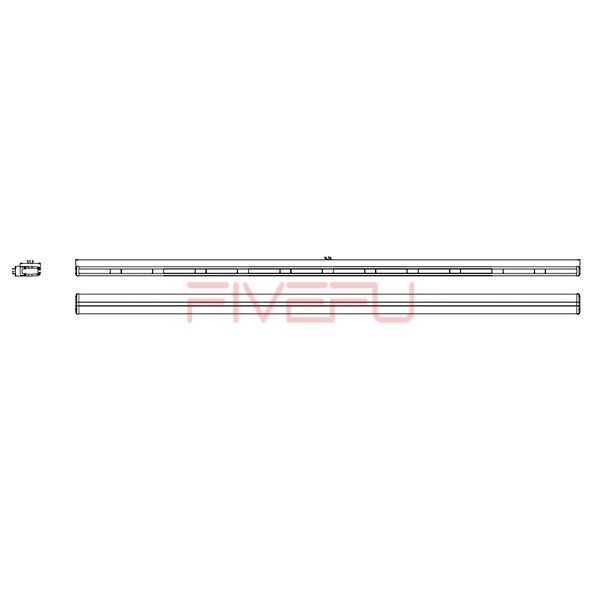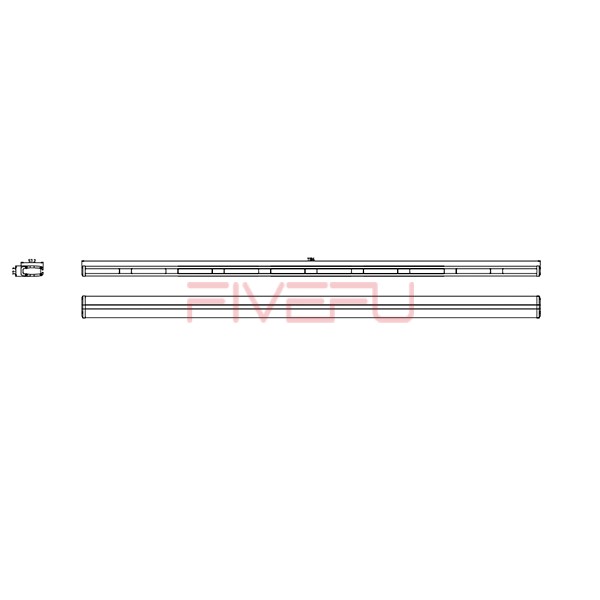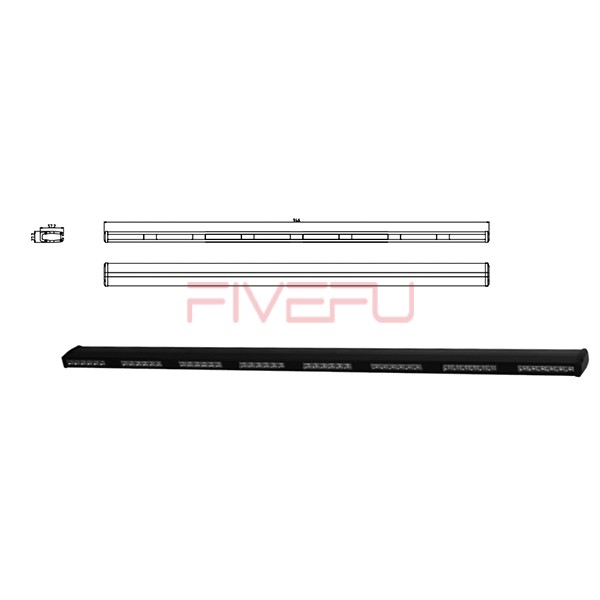When starting your car, failing to see the correct dash lights could mean hidden safety risks. Ignoring these warnings can cause costly breakdowns. Learn what lights should appear and why they matter.
When you turn the key or press the start button, certain dashboard lights should briefly illuminate, including the battery, oil pressure, check engine, and ABS lights. These indicate the systems are running self-checks before driving. If any light stays on after the engine starts, it signals a potential issue that needs attention.
Knowing these indicators ensures your car is safe and ready for the road.
Key Dashboard Lights That Should Appear at Startup
When you start your car, the dashboard lights serve as an instant health check for your vehicle’s systems. These lights momentarily illuminate to confirm that the warning indicators are working. Once the engine is running and systems are normal, the lights should turn off. Here’s what you should expect to see:
-
Battery Warning Light
This red or amber light resembles a battery icon. It comes on at startup to show the battery system is being checked. If it stays lit after the engine starts, there may be a problem with the alternator, battery charge, or electrical connections. -
Oil Pressure Warning Light
Usually represented by an oil can icon, this light confirms that the oil pressure system is under inspection. If it doesn’t turn off after the engine starts, it could indicate low oil pressure — a condition that can cause severe engine damage. -
Check Engine Light
The check engine or malfunction indicator light (MIL) typically appears as an engine outline. At startup, it ensures the car’s emission and performance systems are being scanned. A persistent light means there’s a fault in the engine or emission system that needs diagnostics. -
ABS Light
The Anti-lock Braking System (ABS) light appears briefly to verify that the braking system’s safety check is in progress. If the ABS light remains on, it suggests a fault that could affect braking performance. -
Airbag Warning Light
This icon, usually a person with a circle in front, appears to confirm the airbag system is being checked. A light that stays on after startup indicates a potential airbag malfunction, which is a critical safety concern. -
Seat Belt Reminder Light
This symbol stays lit or flashes if the driver or passenger hasn’t buckled their seat belt. Some vehicles also sound an audible warning.
Why These Lights Matter
These brief light-ups at startup are part of your car’s built-in diagnostic process. They let you know:
-
The warning systems themselves are operational.
-
Critical safety systems are ready for use.
-
Any persistent light alerts you to problems before they become dangerous.
Ignoring these indicators can lead to mechanical failures, reduced safety, and expensive repairs. By paying attention each time you start your car, you take a proactive step toward vehicle health and personal safety.
Tips for Monitoring Dash Lights
-
Memorize your dashboard icons. Check your vehicle manual for specific meanings.
-
Perform regular maintenance. Oil changes, battery checks, and brake inspections reduce warning light triggers.
-
Respond promptly. If a light stays on or flashes after startup, get your vehicle inspected immediately.
-
Don’t disable warning systems. These are designed for your safety and the car’s longevity.
A quick glance at your dash lights during startup is one of the simplest yet most effective safety habits.









